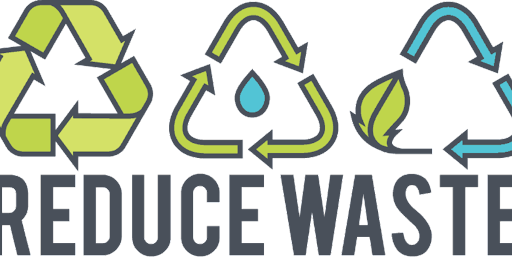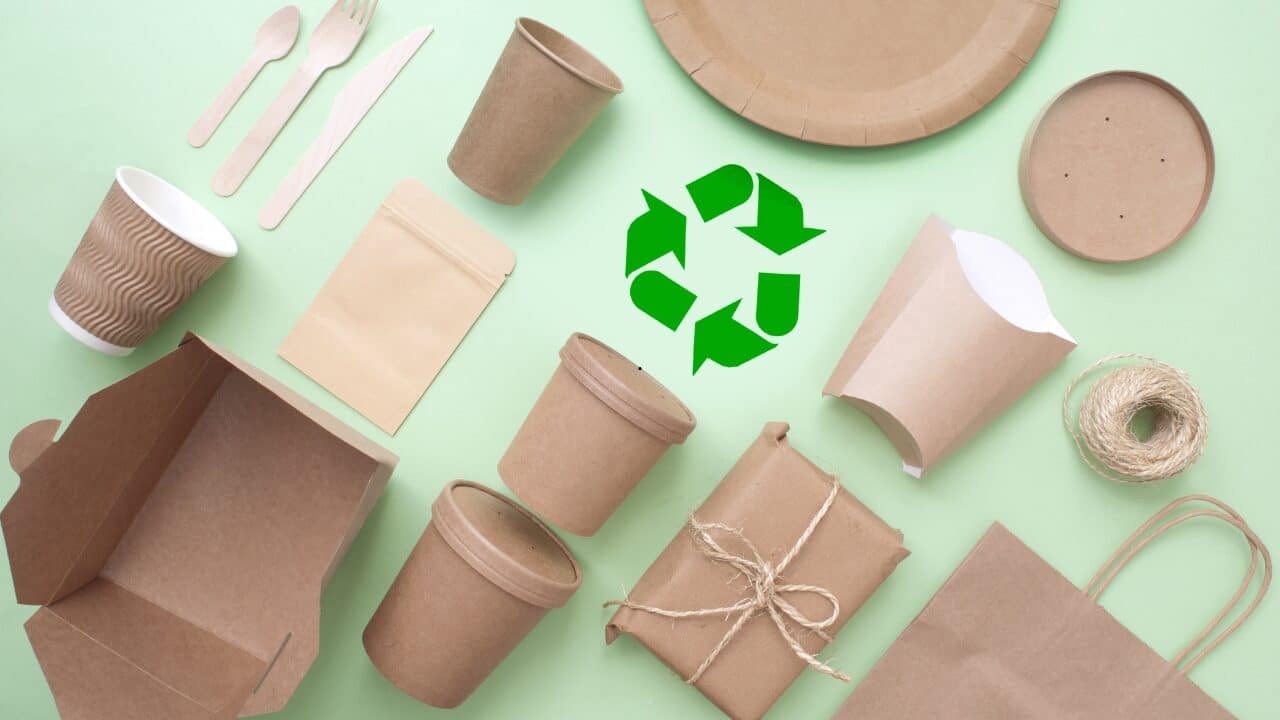Geometric tolerancing is a method used in engineering and manufacturing to specify and control the shape and orientation of manufactured parts “GD&T”. It is an essential tool for ensuring that parts fit together correctly and function as intended, and it plays a critical role in eliminating waste in production.
In this article, we will explore the basics of geometric tolerancing, its importance in production, and how it can be used to eliminate waste and improve efficiency.
Table of Contents
Understanding Geometric Tolerancing Basic Concepts of Geometric Tolerancing
Geometric tolerancing is a method of specifying and controlling the shape, orientation, and location of manufactured parts. It is based on the principle that the shape and orientation of a part can have a significant impact on its functionality and performance. By controlling these factors, geometric tolerancing helps to ensure that parts fit together correctly and perform as intended.
Types of Geometric Tolerances
There are several different types of geometric tolerances, including:
Form Tolerances: These tolerances control the shape of a part, such as its roundness, flatness, or straightness.
Orientation Tolerances: These tolerances control the orientation of a part, such as its perpendicularity, parallelism,
or angularity.
Location Tolerances: These tolerances control the location of a part, such as its position or symmetry.
How to Read and Interpret Geometric Tolerance Specifications
Geometric tolerance specifications are typically represented using a series of symbols and annotations on engineering drawings or computer-aided design (CAD) models.
These symbols and annotations indicate the specific geometric tolerances that apply to each feature of the part. To interpret these specifications, it is essential to have a good understanding of the various symbols and annotations used in geometric tolerancing.
Eliminating Waste in Production with Geometric Tolerancing
How Geometric Tolerancing Can Improve Product Quality
One of the primary benefits of using geometric tolerancing is that it helps to ensure that parts fit together correctly and perform as intended. By controlling the shape, orientation, and location of parts, geometric tolerancing can help to improve the overall quality of a product. This can lead to fewer defects, less rework, and fewer warranty claims, which can ultimately save time and money for the manufacturer.
How Geometric Tolerancing Can Reduce Production Costs
In addition to improving product quality, geometric tolerancing can also help to reduce production costs. By controlling the shape, orientation, and location of parts, geometric tolerancing can help to reduce the amount of scrap and rework required during the manufacturing process. This can ultimately lead to lower production costs and higher profits for the manufacturer.
How Geometric Tolerancing Can Increase Production Efficiency
Geometric tolerancing can also help to increase production efficiency. By controlling the shape, orientation, and location of parts, geometric tolerancing can help to reduce the amount of time and effort required to produce a product. This can ultimately lead to higher production rates and shorter lead times, which can help manufacturers to meet customer demand more quickly and efficiently.
Implementing Geometric Tolerancing in Production
Steps to Implementing Geometric Tolerancing in Production
- Understand the requirements of the product and the manufacturing process.
- Identify the geometric tolerances that are critical to the functionality and performance of the product.
- Specify these tolerances on engineering drawings or CAD models.
- Use appropriate measuring tools and inspection methods to ensure that the parts meet these tolerances.
- Use continuous improvement to refine the process over time.
Best Practices for Using Geometric Tolerancing in Production
- Use the appropriate symbols and annotations to clearly specify the geometric tolerances on engineering drawings or CAD models.
- Use a combination of different types of geometric tolerances to control the shape, orientation, and location of parts.
- Use inspection methods that are suitable for the specific geometric tolerances being used.
- Use appropriate measuring tools and equipment to ensure that parts meet the specified tolerances.
- Use continuous improvement techniques to refine the process over time.
Tools and Technologies for Geometric Tolerancing in Production
There are several tools and technologies that can be used to support geometric tolerancing in production, including:
Computer-aided design (CAD) software: This software can be used to create engineering drawings and models with the specified geometric tolerances.
Coordinate measuring machines (CMMs): These machines can be used to measure the shape, orientation, and location of parts with high accuracy.
Optical measuring equipment: This equipment can be used to measure the shape, orientation, and location of parts with high accuracy.
Statistical process control (SPC) software: This software can be used to monitor the process and identify potential issues.
Case Study: Successful Implementation of Geometric Tolerancing in Production
A Real-world Example of a Company Using Geometric Tolerancing to Improve Production
A leading manufacturer of automotive parts implemented geometric tolerancing in their production process to improve the quality of their products and reduce costs.
By using a combination of form, orientation, and location tolerances, the company was able to improve the fit and function of their parts, leading to fewer defects and less rework.
Additionally, by using appropriate measuring tools and inspection methods, the company was able to reduce the amount of scrap and rework required during the manufacturing process, ultimately leading to lower production costs and higher profits.
Results and Benefits Achieved by the Company
As a result of implementing geometric tolerancing in production, the company was able to:
- Improve the quality of their products by ensuring that parts fit together correctly and perform as intended
- Reduce production costs by reducing the amount of scrap and rework required during the manufacturing process
- Increase production efficiency by reducing the amount of time and effort required to produce a product
Conclusion
In conclusion, geometric tolerancing is an essential tool for ensuring that parts fit together correctly and function as intended in manufacturing.
By controlling the shape, orientation, and location of parts, geometric tolerancing can help to eliminate waste in production and improve efficiency. Implementing geometric tolerancing in production can lead to improved product quality, reduced production costs, and increased production efficiency.
It is important for manufacturing companies to understand the basics of geometric tolerancing, the types of geometric tolerances, and how to read and interpret geometric tolerance specifications.
By understanding the best practices for using geometric tolerancing in production, appropriate tools and technologies can be used to support the process. Companies can also study successful case studies to understand the benefits of implementing geometric tolerancing in their production process.





